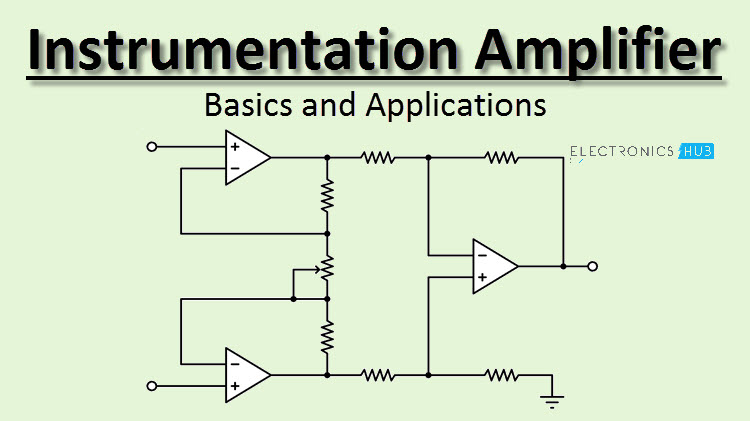
Choosing the right instrumentation amplifier (in-amp) is crucial for precision measurement and signal conditioning in various applications.
Here's a step-by-step guide to help you choose the right instrumentation amplifier:
Define Your Requirements:
Select the Gain Range:
Input Signal Characteristics:
Common-Mode Voltage Range:
Bandwidth and Speed:
Noise Performance:
Power Supply Voltage:
Temperature and Environmental Conditions:
Cost Constraints:
Package and Mounting:
Accuracy and Precision:
Calibration:
Evaluating Manufacturers:
Testing and Prototyping:
Flexibility and Future-Proofing:
Application Specifics:
Compliance and Certification:
Consult with Experts:
Remember that the ideal instrumentation amplifier choice depends on the specific requirements of your application, and it may involve trade-offs between various factors like accuracy, cost, and environmental conditions. Always review the manufacturer's documentation and consult with experts to make an informed decision.
Thank you.